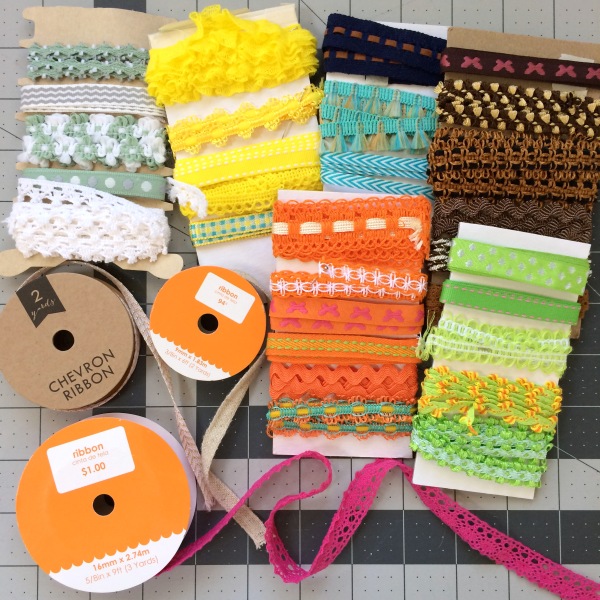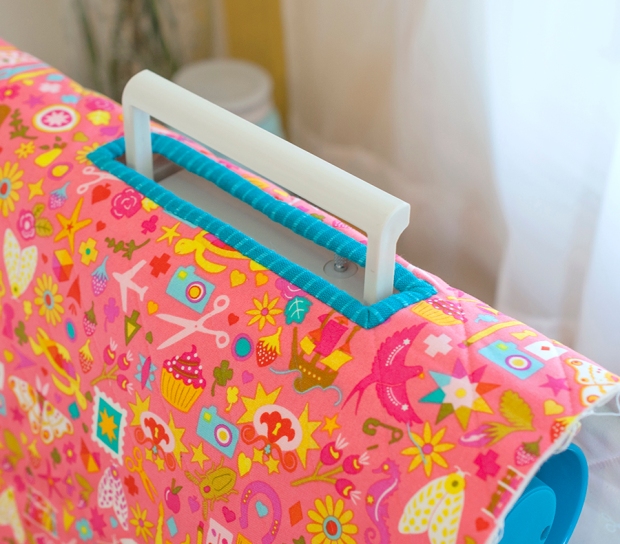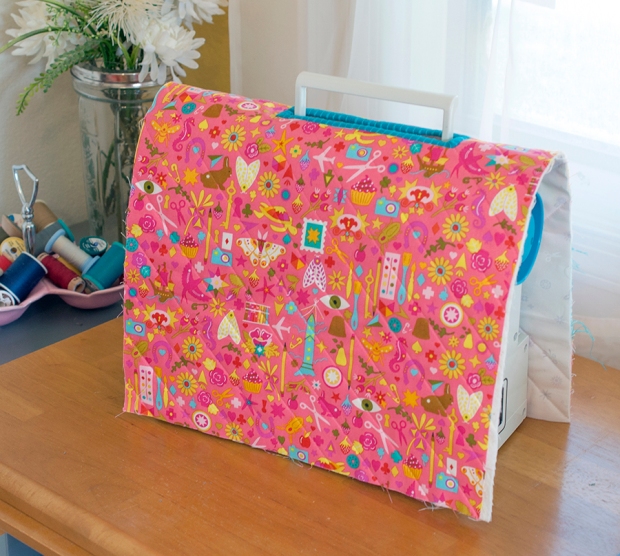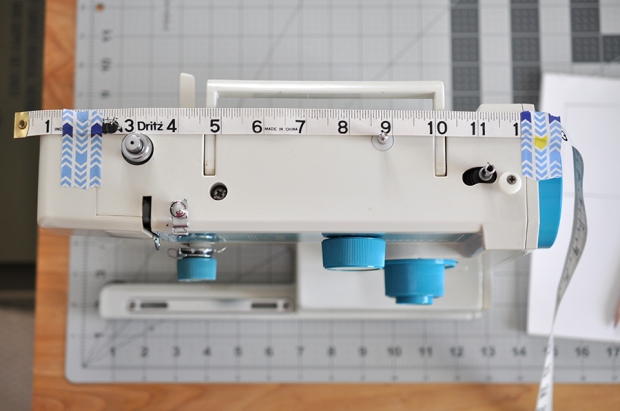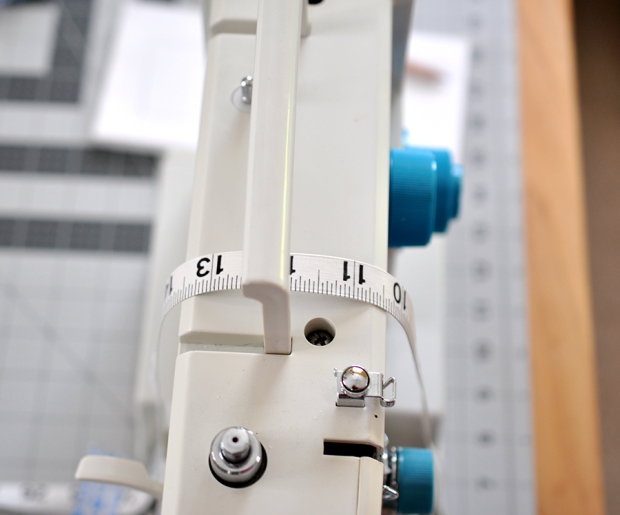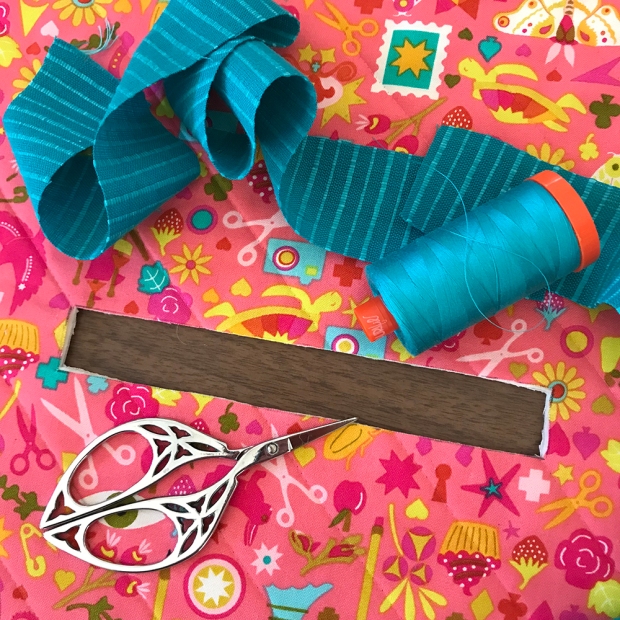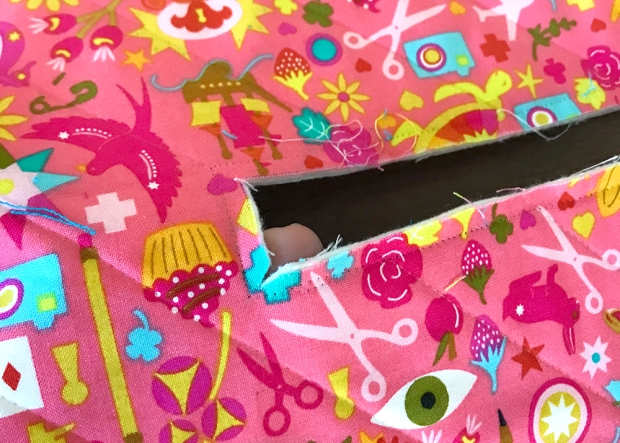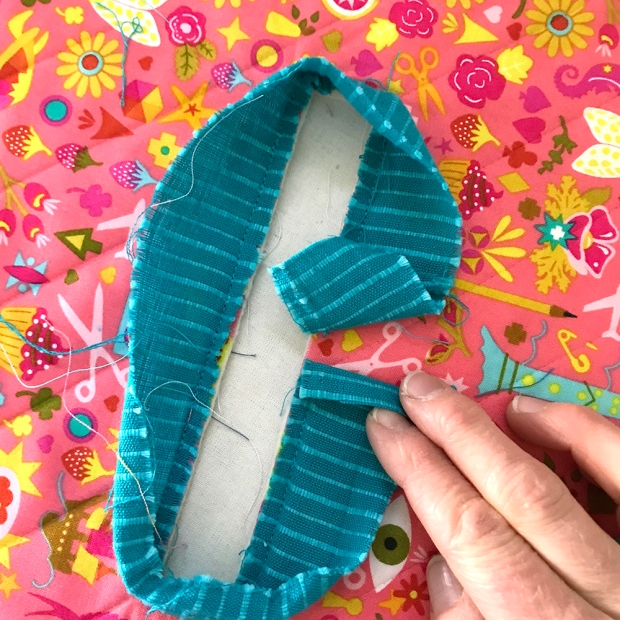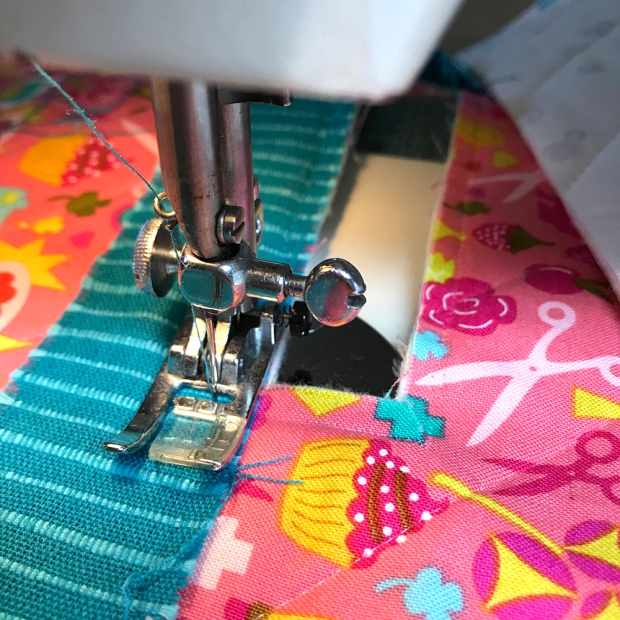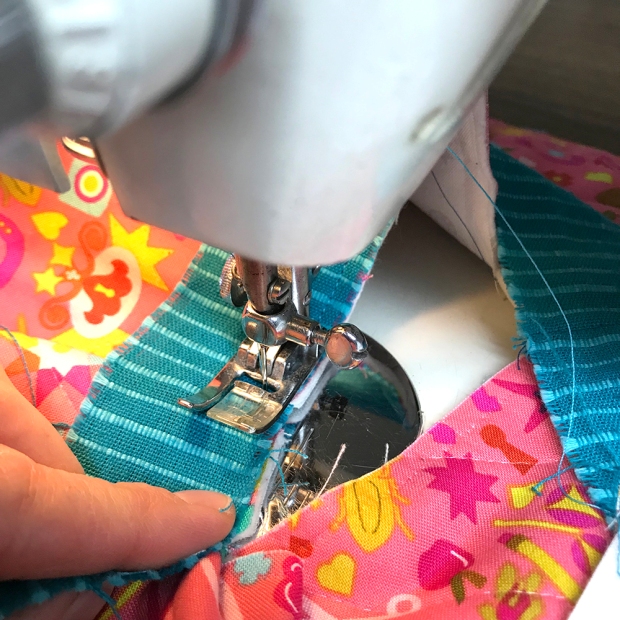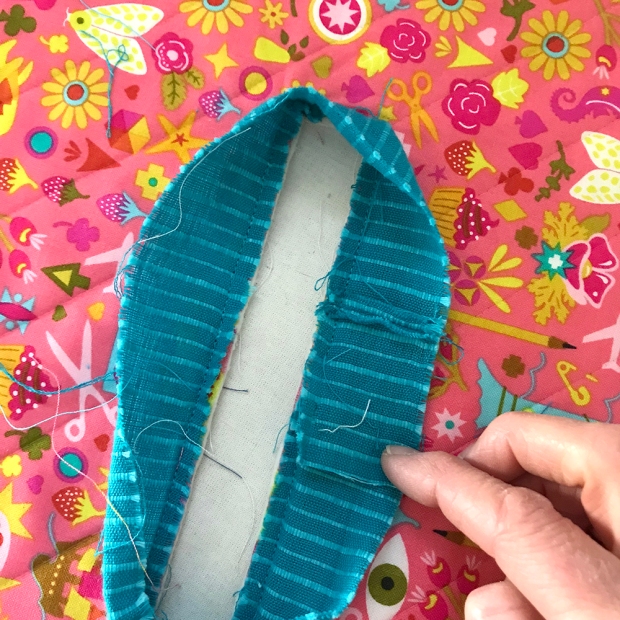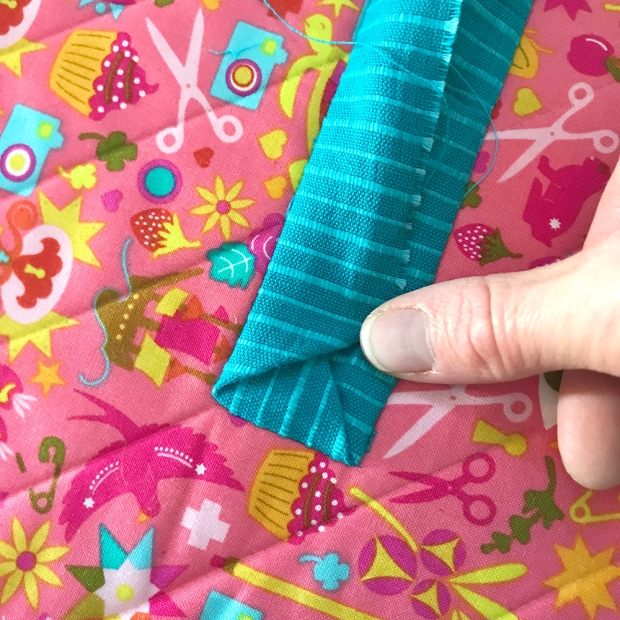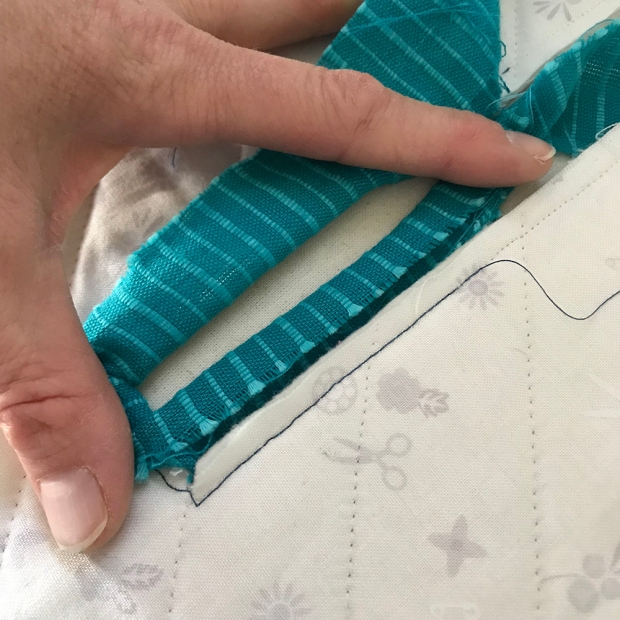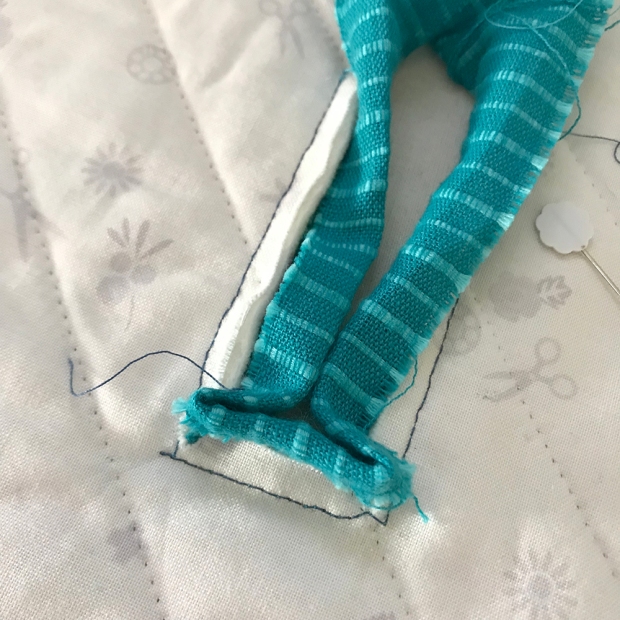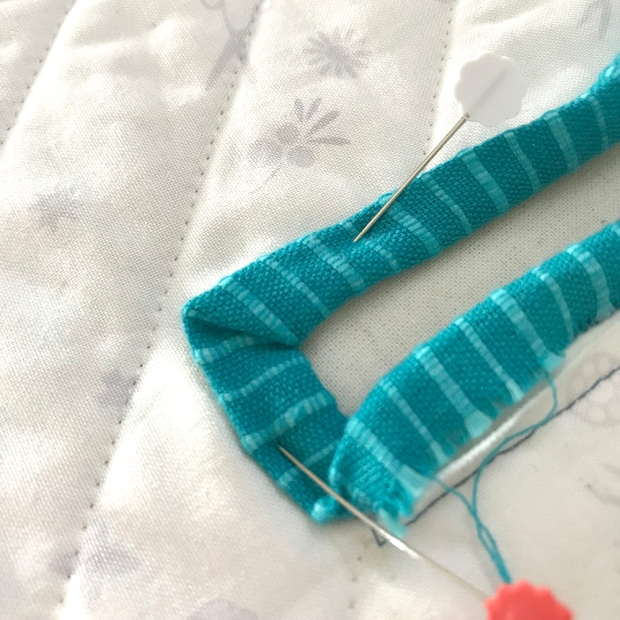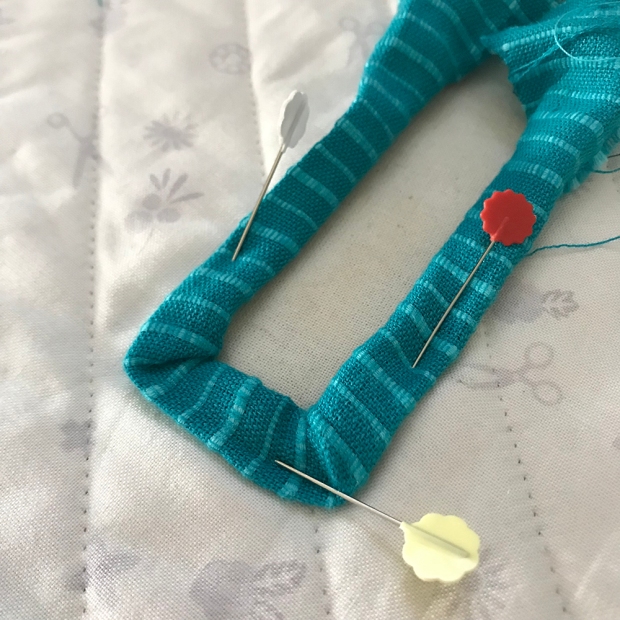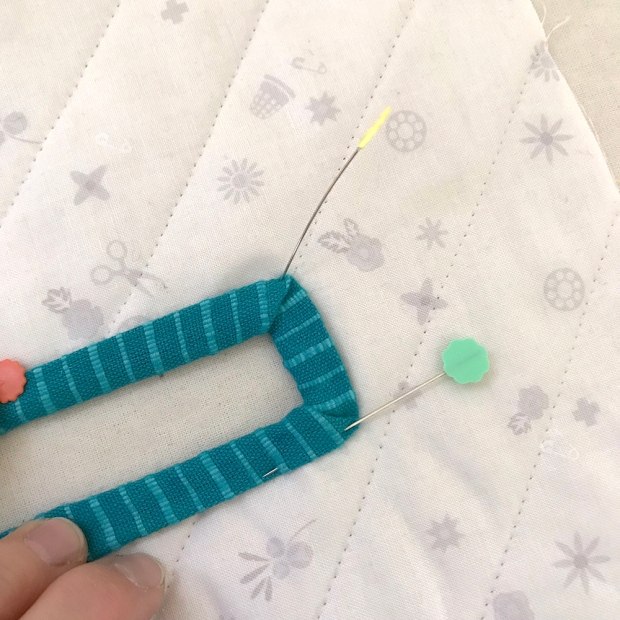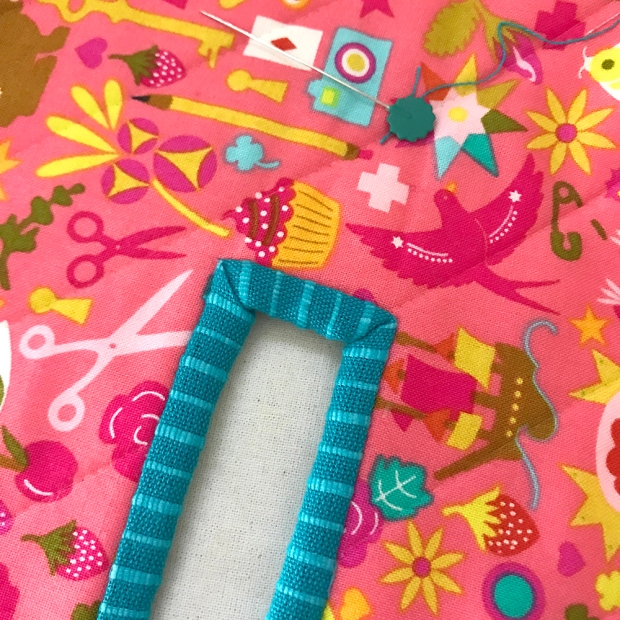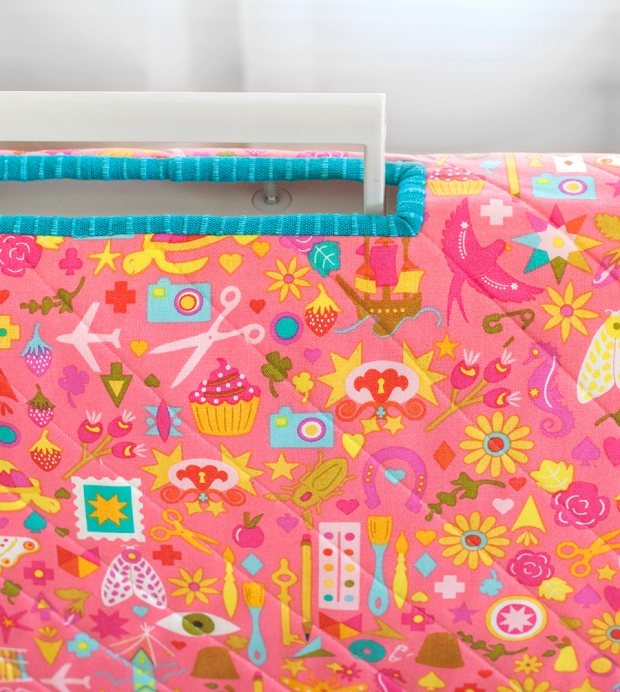Today I have an unfortunate story to share with you. It’s one that happens too often and many times without fair resolve. And frankly, it’s bullshit. I’m sharing this story now because I was not able to come to a fair agreement with the party involved and have exhausted the options I’m willing to pursue. My hope in sharing this is that you can be a more educated consumer and also to help prevent this same thing from happening to you or someone you know.
Here are the facts and nothing but the facts. I’ll let you make up your own mind on what’s “right”, “wrong” or “fair”, but I’d love to hear your thoughts here and on social media.

A couple months back, a friend sent me a link to the book above, 101 Quilting Tips and Tricks by Penny Haren published by Laundauer/Fox Chapel Publishing. Yes, that’s MY photo of MY Undercover Maker Mat pattern on the COVER, and no, they did not ask for my permission to use it.
I tried to contact the author via several platforms with no response and also promptly called the publisher, Laundauer, who is now under Fox Chapel Publishing. No one could help me aside from giving me an email address, so I wrote and waited, and waited. I finally received a response from the COO of Fox Chapel. He explained that my image was pulled from Pinterest to use on an internal mockup and was never changed out. He offered to replace the image on a potential second printing in approximately one year and offered me an insulting amount of money, $200. At the time of writing this, I have not heard from the author, though I do know she is aware of the situation. Perhaps she was advised not to contact me, but I will say if this was my book, I would be sending a hefty apology regardless of what actually happened internally.
Now, I have to interject a few things before we continue. First, I have worked as a graphic designer for over 20 years. I have worked on extremely large projects with large clients (The Cleveland Indians, for example), I have worked on books, I have been IN books, I know how every step of the process works. I cannot say that the scenario Fox Chapel explained isn’t true, but it’s just hard for me to believe (and really, what “nationally know speaker, columnist, consultant and author” uses someone else’s image on the cover of their book without even know where it came from?). Second, I have been paid more to use my image with full credit inside of a book, so you can see how ridiculous the offer from Fox Chapel was.
I’m updating this post here by adding in that word ridiculous is simply MY OPINION and the opinion of those I consulted with. Everyone’s idea of FAIR compensation is different, and we’re all entitled to our opinions. If Fox Chapel believes that what they are offering is fair, then that is their opinion and we are all free to decide how we feel about it I clearly disagree and am sharing the facts here for you to decide if you agree.
· · · · · · · · · · · · · · · · · · · · · · · · · · · · · · · ·
Honestly, I felt like I was being treated like some naive girl with a sewing machine and and a smart phone rather than a mature woman and artist who was worked her ass off to build a business for herself.
· · · · · · · · · · · · · · · · · · · · · · · · · · · · · · · ·

Not only was the book being sold numerous places online and distributed through major distributors to shops across the world, but the book cover was (and still is at the time of writing this) being used as a marketing tool for the company on two Facebook banners, on their catalog, etc – despite requests to remove it. I guess I should take this as flattery?
I consulted with an invaluable colleague in the industry and worked out a VERY fair contract I know there is not much money in publishing) to which Fox Chapel declined and offered me slightly more than the first offer (a little more than double), continually pointing out that they admitted their mistake, that sales for the book were slow and limited (I really don’t call all those sales venues shown above LIMITED, and that’s not all of them), and that they’ve made internal changes to prevent this. All fine and dandy, but also irrelevant to the situation at hand.


This is not simply an issue of an image being used without permission. I want to explain the many ways a situation like this can negatively and financially affect a small business owner and artist like myself, and maybe like you. Having this book in the marketplace hinders my ability to contract this image for other uses or even use it on a cover of MY OWN BOOK someday. It has the potential to cause confusion in the marketplace in many ways. People could come to associate the image with the author rather than myself. The book cover or image could begin to link to the book rather than myself on social media sites such as Pinterest, directly taking traffic and pattern sales away from me. Fox Chapel disagreed that either of these points were possible or relevant which BLOWS MY MIND. There are many other factors also, such as people who buy the book assuming the cover pattern is included, only to be disappointed that it’s not. I could go on and on.

I have received many messages from friends, colleagues and shop owners across the country who have seen or stock the book, recognizing my image and seeing I was not credited. Regardless, what I was asking for in compensation was very fair for the image use on a book cover, the points mentioned above, and my time in dealing with the matter, but their second offer was the best they could do. I declined this compensation and am instead sharing this story with you.
· · · · · · · · · · · · · · · · · · · · · · · · · · · · · · · ·
As a friend so perfectly put it, it feels like they’re leaving the money on the nightstand as they walk out.
· · · · · · · · · · · · · · · · · · · · · · · · · · · · · · · ·
Now, I don’t know how large Fox Chapel is. I’m all for capitalism, I don’t despise big business or corporations, and I don’t believe that the size of a company always relates to their actions, so I’m not going to say that this is what you get from big business or anything like that. This situation is simply a reflection of the morals and ethics of those in charge at Fox Chapel and they’re clearly not in line with what I believe. As an author, I would be embarrassed to be associated with this company. As a consumer, I would not choose to give them my money. Does sharing this story and the book image ultimately give them exposure and marketing? Perhaps. I considered blurring out the title, but I think that seeing it all is more helpful in sharing this story. If someone sees this and decides they want the book, that’s on them.
So the big question… how can we, as artists, prevent this?
One simple, yet not foolproof, way to help prevent image theft is to watermark all of your images. Will I do that moving forward? Probably not. I don’t like the way it looks or the time it takes. I don’t think that should mean I’m left vulnerable to this happening again, but sadly it does. Also, a watermark is not a guarantee with how easy it can be to photoshopped out sometimes.
The only legal way to protect your work is to register it with the US Copyright Office which is expensive ($55 per work) and time consuming. Many of you may be thinking “but don’t we automatically have ownership of all our images?”, short answer, yes, but not what it comes to fighting a situation like this in a legal manner.
I consulted with an intellectual property lawyer who was very helpful. Technically you COULD get a lawyer involved in a situation like this without having a registered copyright, but the costs to do so would far outweigh any monetary reward, and sadly, I am not independently wealthy. In the US, all parties pay their own court costs UNLESS it is a statutory situation, such as an official copyright, that has a different legal standing in court, comes with a minimum reward amount and requires the offending party to pay your court costs. I have already started the copyright process with my most popular images and all of my pattern content to help protect myself moving forward. It’s unrealistic to be able to do this for every photo I post on Instagram or share on Pinterest, but I’ll just have to pick and choose as I move forward.
I wish I could continue to fight this, even at a loss to myself, simply out of principal, but I believe Fox Chapel is well aware of all this and taking advantage of that situation. Perhaps that’s the saddest part of this story. It shows me they simply do not care despite all the claims by the COO of respecting me as a talented artist.
In closing, I think we see that this story is all the things I questioned in the title – bad business, a cautionary tale and a sad reality. While this situation is so incredibly frustrating and angering, I do have some satisfaction in sharing with you. I know I can’t RUIN Fox Chapel, but I hope they feel some impact from all of this. Even if it is simply fielding a hundred emails about their poor business practices and maybe losing some book sales.
I would really love to hear what you think in the comments below and especially on social media. I want Fox Chapel to know how their customer base and distributors feel about this type of behavior. You can find me on Instagram here and on Facebook here, and you can find Fox Chapel on Instagram here, on Facebook here, and via email here.
UPDATES:
You can find an update after hearing from the author here, and the “resolution” to this case here.
Thanks, friends!
~ nicole







